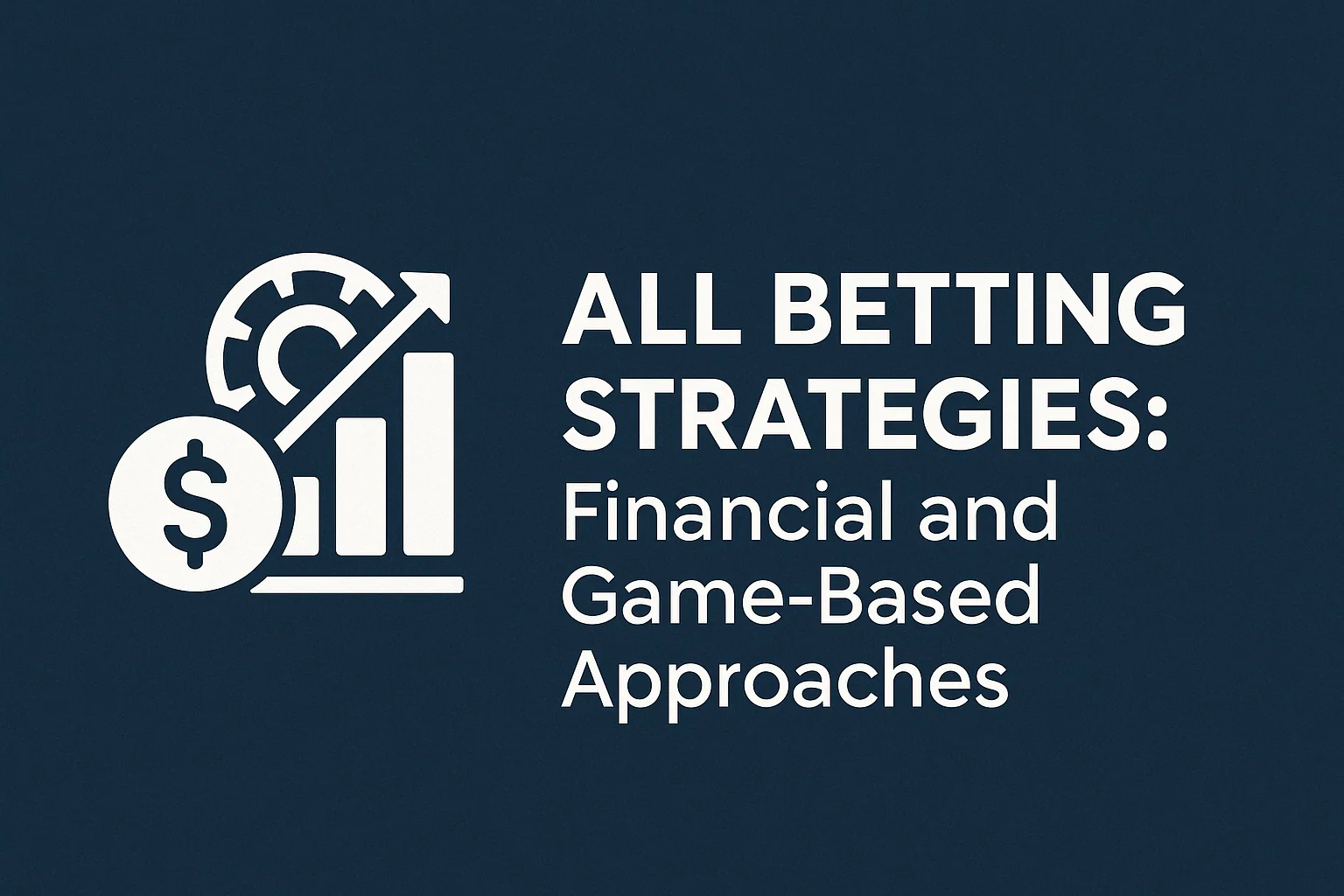
All Betting Strategies: Financial and Game-Based Approaches All betting strategies are classified into two broad categories: financial and game-based. The first thing that any player should be considering is a money plan—even if you do not yet understand totals, handicaps, or placing a bet on the website of a bookmaker. Most importantly, attend to the financial aspect of things: take care of your bankroll. This is where smart bankroll management techniques come into play, getting you through the game longer and avoiding unnecessary loss. One important thing to remember: no system is ever going to let you win for sure. Anyone can lose—that's just a plain reality of gambling. But proper strategy significantly enhances your chances of winning. It manages your bankroll to limit losses during losing runs and maximize profits during winning runs. We've selected five famous financial systems—ranging from very conservative to high-risk but potentially high-reward. The choice is yours. Flat BettingThis is a simple system that works well with others. It's the most basic and beginner-friendly system. At its most basic, you bet the same amount on every event—typically 1% to 5% of your starting bankroll. There are a few different versions, but the most basic is also the most reliable. Pros:
Shields against complete bankroll destruction even in the case of extended losing streaks Cons:
Percent of Current BankrollA variation of flat betting where the wager is a percentage of your current bankroll. When your bankroll grows, your bet size increases too. Benefits:
Weaknesses:
Fixed Profit StrategyHere, you wager a fixed profit per wager. The amount you bet is based on the odds and therefore the likelihood of the occurrence. Less is bet on risky bets and more is bet on safer bets with lower odds. Strengths:
Weaknesses:
Martingale (Chasing Losses)In this, each bet quantity changes based on the outcome of the last bet. When you lose, your subsequent bet is greater to offset the loss and earn a profit. When you win, you return to the minimum quantity. This technique operates on the classic Martingale. It relies on even odds assumption and two outcomes. It is also often used for bets with odds close to 2.0, e.g., totals, but not fixed. Others employ this in combination with a strategy for a game, such as chasing a specific outcome in each match of the same team. This system would be unstoppable if not for two limitations: bookmaker restrictions and bankroll size. In practice, the Martingale system rarely lasts more than 5–7 consecutive losses. You can combine it with flat betting by applying a small portion of your bankroll to each new chasing phase, increasing reliability. Advantages:
Disadvantages:
Reverse MartingaleWith this system, you wager more money by how much you won from the last successful bet. You also establish a maximum number of consecutive wins—three successes on a roll, for example. With odds approximately 2.0, this would have increased your starting stake at least by 8 times. When the sequence breaks with a loss, you begin again from the minimum level. This can be combined with flat betting by making your initial bet a small percentage of your total bankroll. Advantages:
Drawbacks:
Which Strategy Should You UseFlat betting is best for beginners. It's simple, no calculations to be made, and it's very stable. With it, it's best to learn initially than to trail profit. Percentage and fixed-profit systems are good for beginners too but require a bit more effort. Martingale and reverse Martingale are usually used by experienced players who are capable of avoiding long chains of losses and consistently recognizing value bets. Among them, the Martingale is especially hazardous for beginners and should be approached cautiously. |
|
|
(C) 2006 All-the-Aces.com Email - [email protected]
